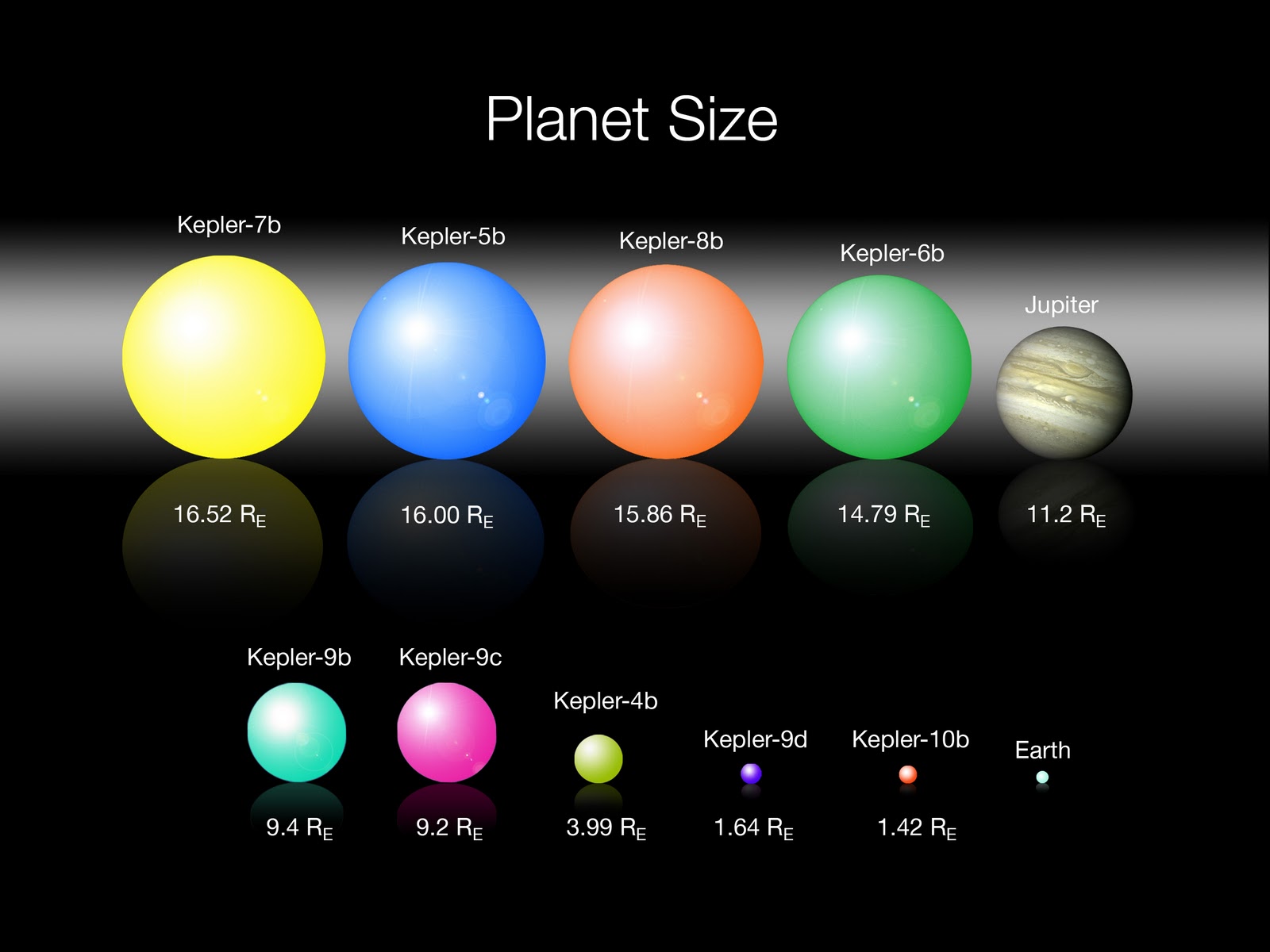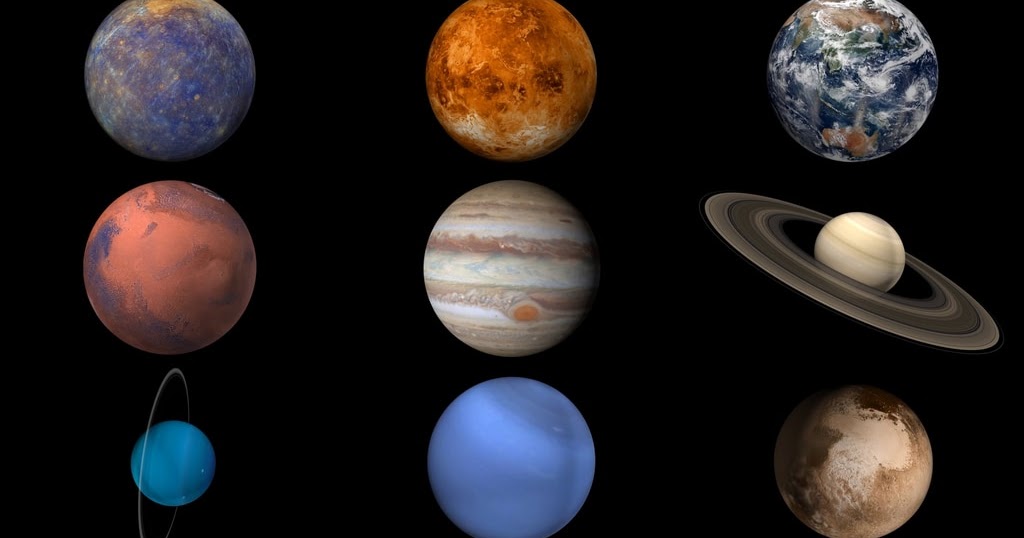What Are The 9 Planets Of The Solar System The terrestrial planets Mercury Venus Earth and Mars are characterized by their rocky composition and solid surfaces On the other hand the gas giants Jupiter Saturn Uranus and Neptune
5 min Astronomers have discovered a six pack of planets formed at least 4 billion years ago and remarkably unchanged since orbiting a nearby sun like star The new planets described in a paper Six planets that orbit their star in a coordinated dance have been discovered by scientists who say the finding could help shed light on why planets in our own solar system move to their own beat
What Are The 9 Planets Of The Solar System
 What Are The 9 Planets Of The Solar System
What Are The 9 Planets Of The Solar System
https://i.pinimg.com/originals/d9/3b/56/d93b56e75937be41ac44e110436a64f2.jpg
Nov 29 2023 Article The discovery Six planets orbit their central star in a rhythmic beat a rare case of an in sync gravitational lockstep that could offer deep insight into planet formation and evolution Key facts A star smaller and cooler than our Sun hosts a truly strange family of planets six sub Neptunes possibly
Pre-crafted templates provide a time-saving option for producing a diverse variety of files and files. These pre-designed formats and designs can be utilized for numerous individual and expert tasks, consisting of resumes, invites, leaflets, newsletters, reports, presentations, and more, enhancing the content production process.
What Are The 9 Planets Of The Solar System

What Do The Planets Look Like The Planets In Our Solar System

Ideas Inventions And Innovations Kepler Finds 1235 New Worlds

9

Fractal Astrology Planetary Moons

Planets In Order Solar System Projects Solar System Crafts Solar

Planets Planets And Moons All Planets Solar System Images

https://science.nasa.gov/solar-system/planets/
Our solar system can be divided into three regions the inner solar system the outer solar system and the Kuiper Belt and Oort Cloud The inner rocky planets are Mercury Venus Earth and Mars These worlds also are known as terrestrial planets because they have solid surfaces Mercury Earth and Mars are currently being explored by spacecraft

https://eartheclipse.com/space/planets-of-solar-system.html
The Sun is the largest object in the solar system In fact it accounts for 99 of the solar systems mass Astronomers estimate that the solar system is more than 4 5 billion years old Here is a rundown on the 9 planets of the solar system 1 Mercury Mercury is the smallest planet in the solar system approximately 3000 miles 4850 km in

https://en.wikipedia.org/wiki/Solar_System
The Solar System is the gravitationally bound system of the Sun and the objects that orbit it The largest of these objects are the eight planets which in order from the Sun are four terrestrial planets Mercury Venus Earth and Mars two gas giants Jupiter and Saturn and two ice giants Uranus and Neptune The Solar System developed 4 6 billion years ago when a molecular cloud was

https://science.nasa.gov/resource/our-solar-system-2/
Our Solar System Our solar system is made up of a star the Sun eight planets 146 moons a bunch of comets asteroids and space rocks ice and several dwarf planets such as Pluto The eight planets are Mercury Venus Earth Mars Jupiter Saturn Uranus and Neptune Mercury is closest to the Sun Neptune is the farthest

https://www.space.com/16080-solar-system-planets.html
Planet Nine A planet search at solar system s edge The hypothesized Planet Nine is estimated to be about 10 times the mass of Earth Image credit ESO Tom Ruen nagualdesign
Solar System Overview Our solar system has one star eight planets five officially recognized dwarf planets at least 290 moons more than 1 3 million asteroids and about 3 900 comets It is located in an outer spiral arm of the Milky Way galaxy called the Orion Arm or Orion Spur Our solar system orbits the center Size and Distance Our solar system extends much farther than the eight planets that orbit the Sun The solar system also includes the Kuiper Belt that lies past Neptune s orbit This is a sparsely occupied ring of icy bodies almost all smaller than the most popular Kuiper Belt Object dwarf planet Pluto Beyond the
Planetary Systems Our solar system consists of the Sun whose gravity keeps everything from flying apart eight planets hundreds of moons and billions of smaller bodies from comets and asteroids to meteoroids and tiny bits of ice and rock Similarly exoplanetary systems are groups of non stellar objects circling stars other than the Sun